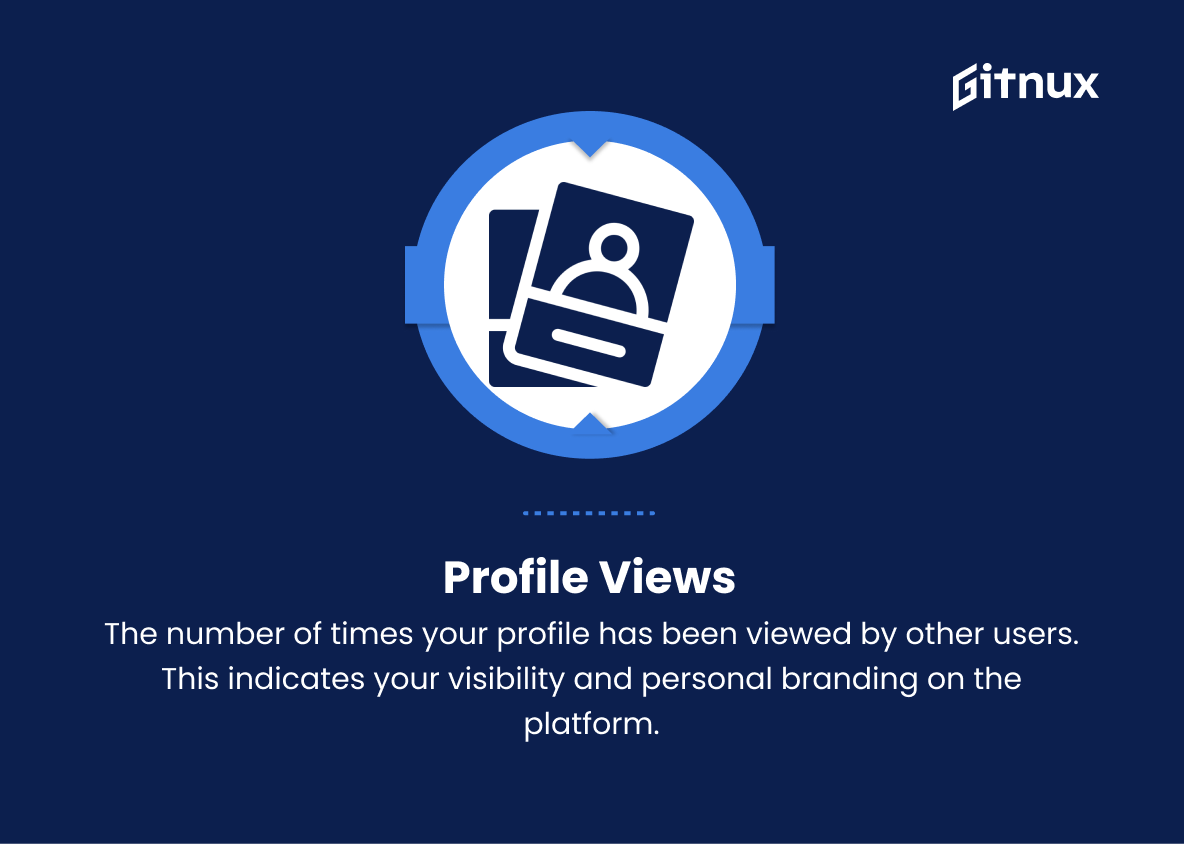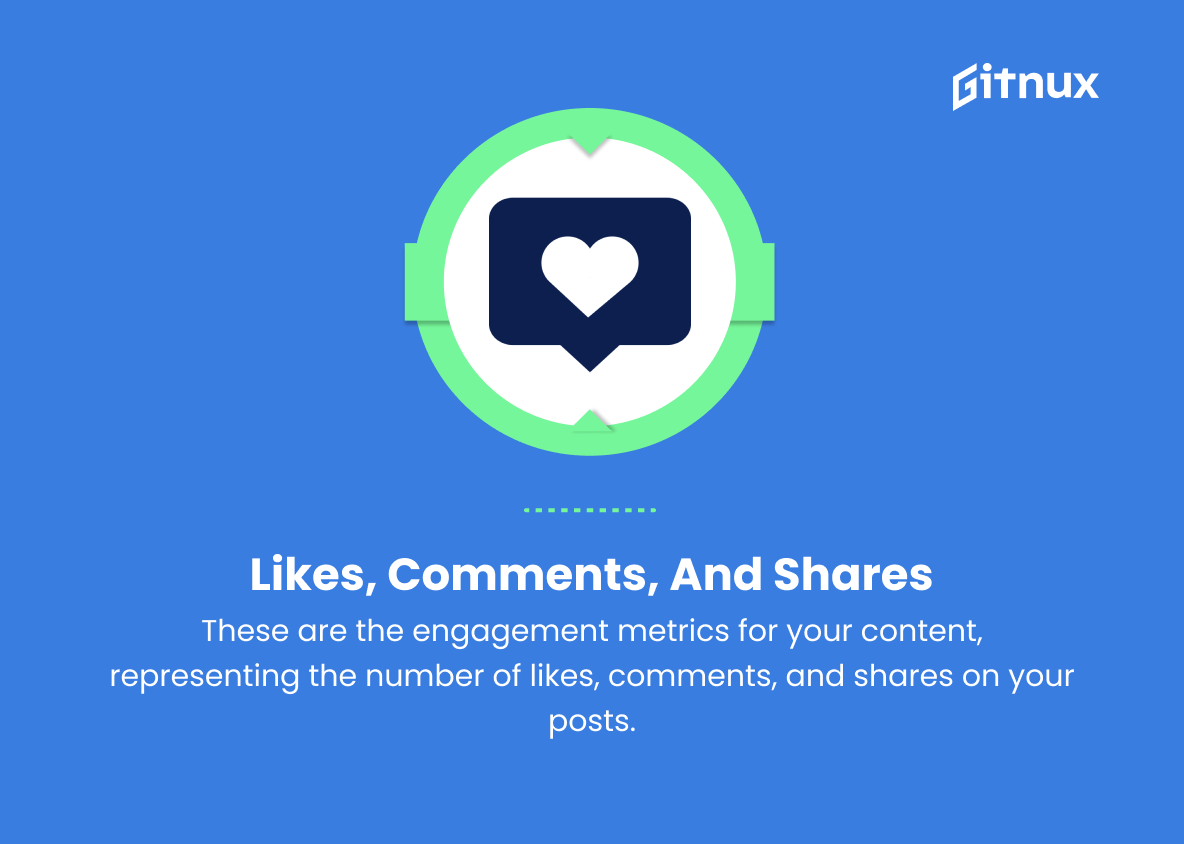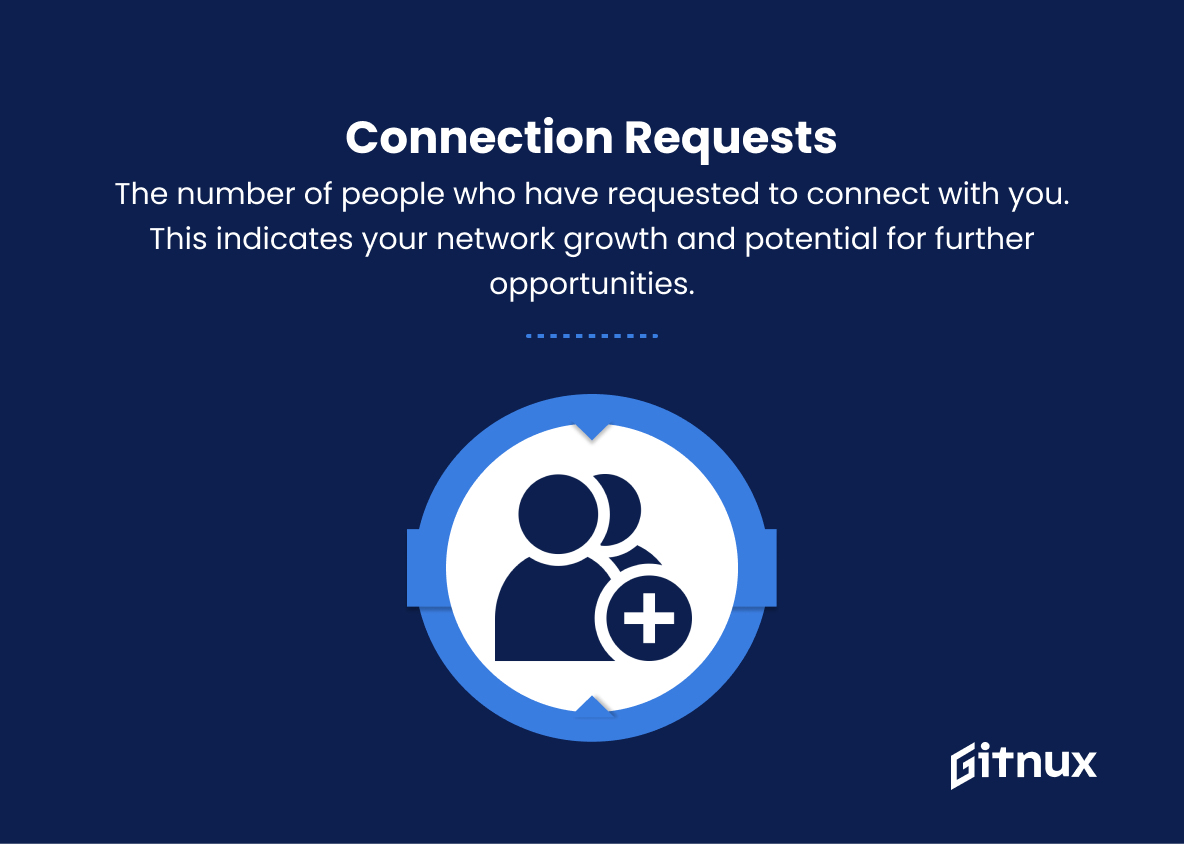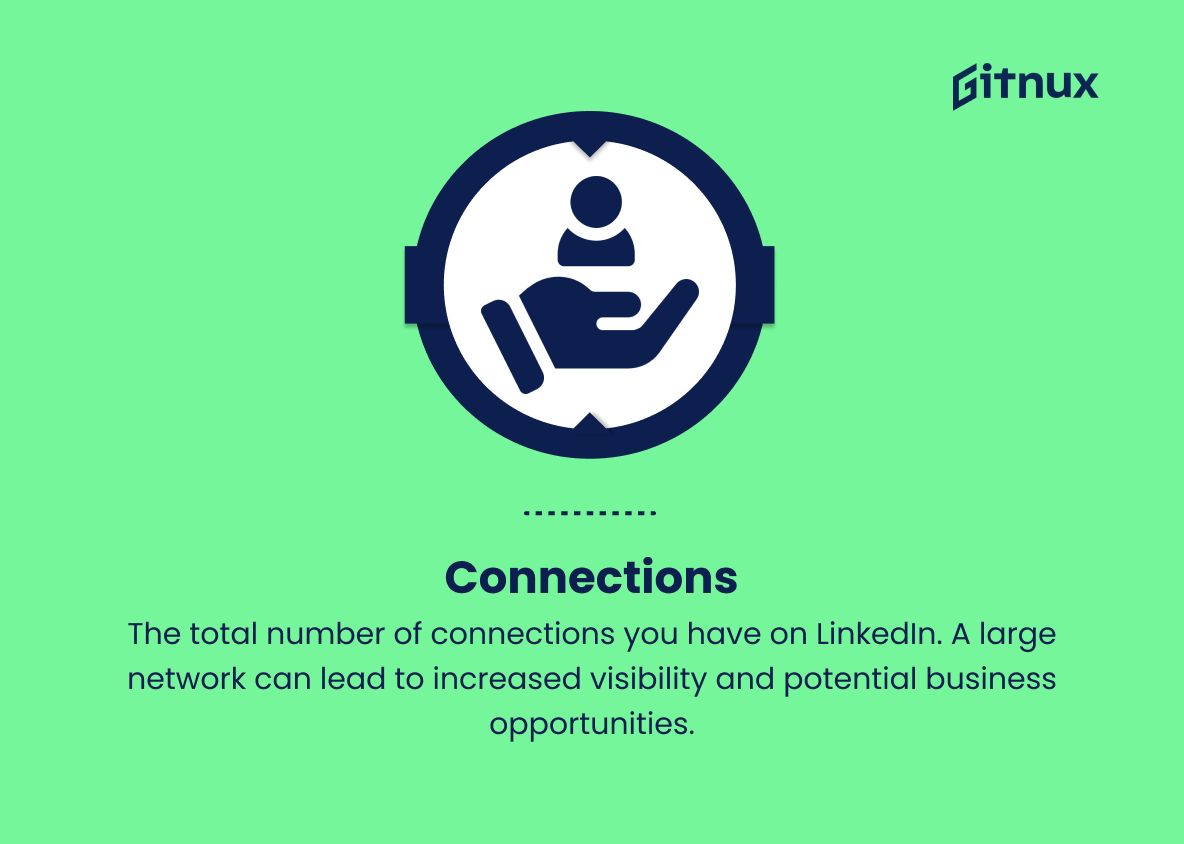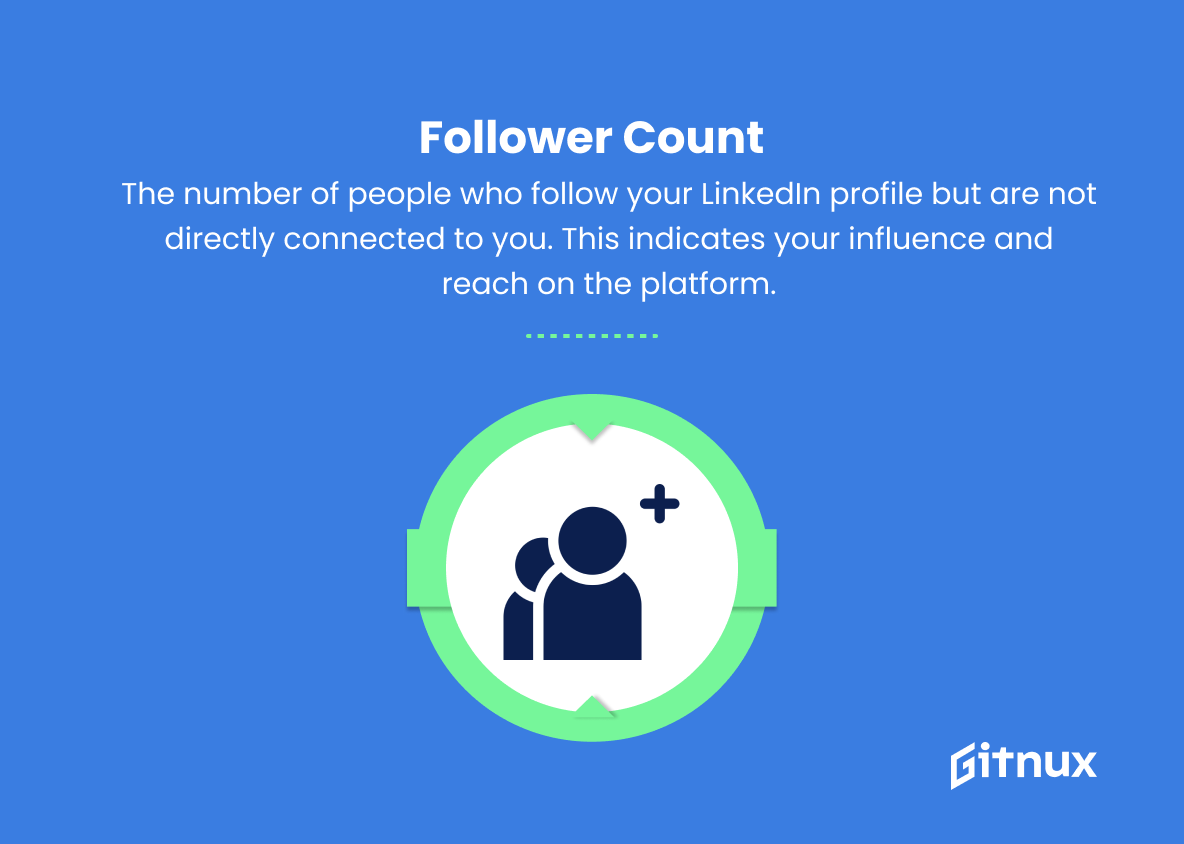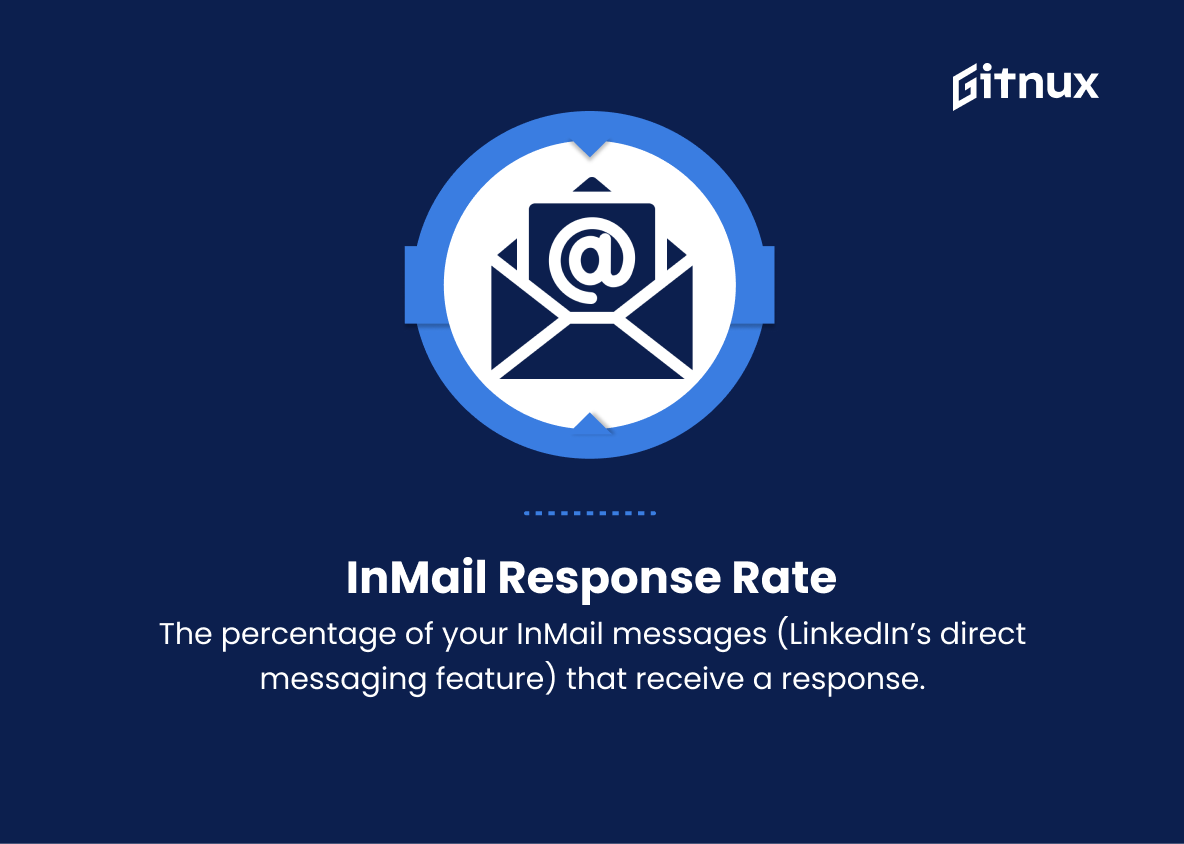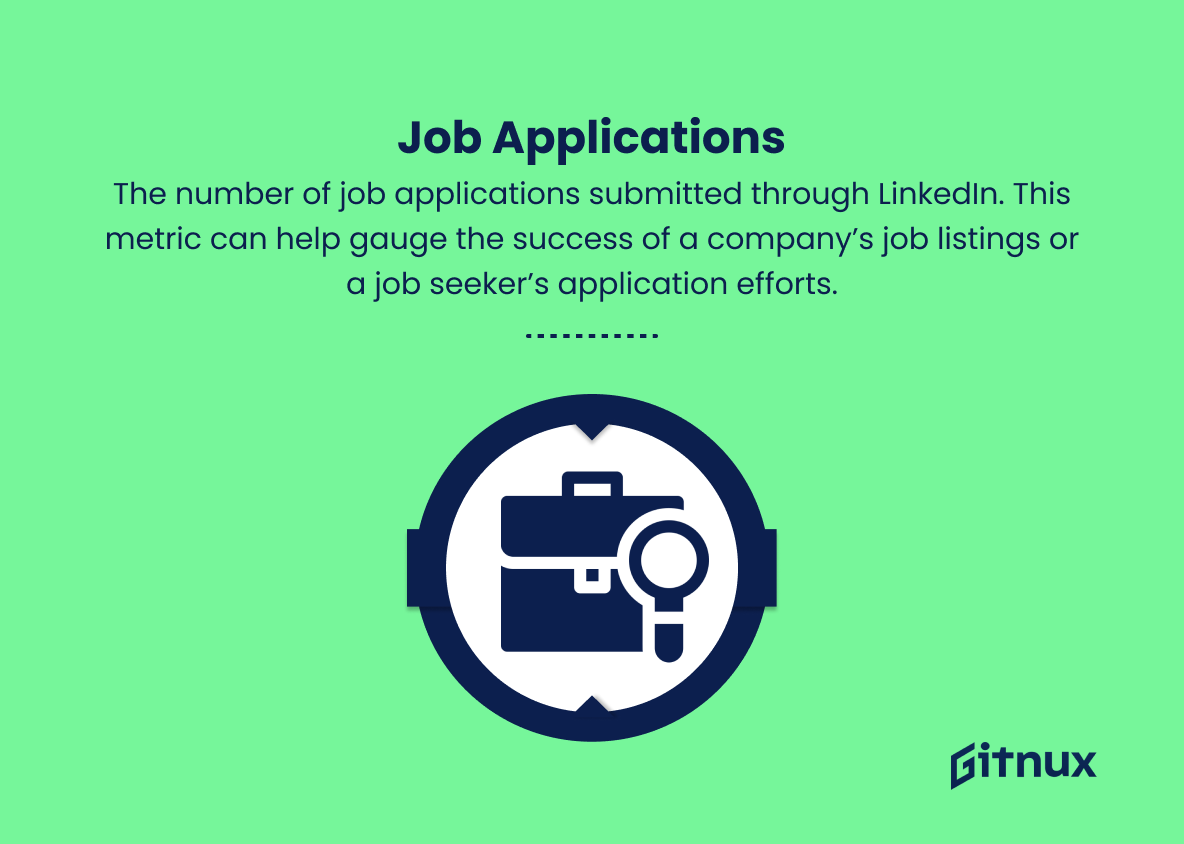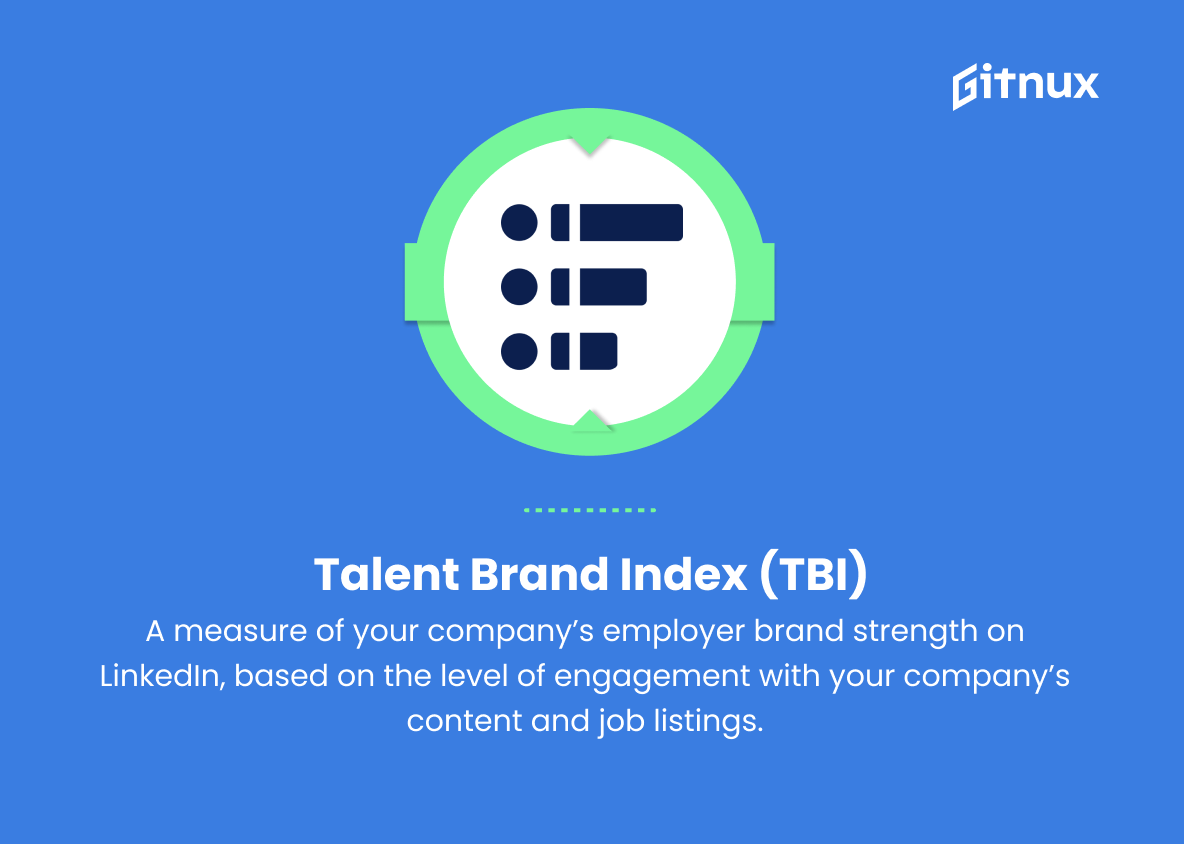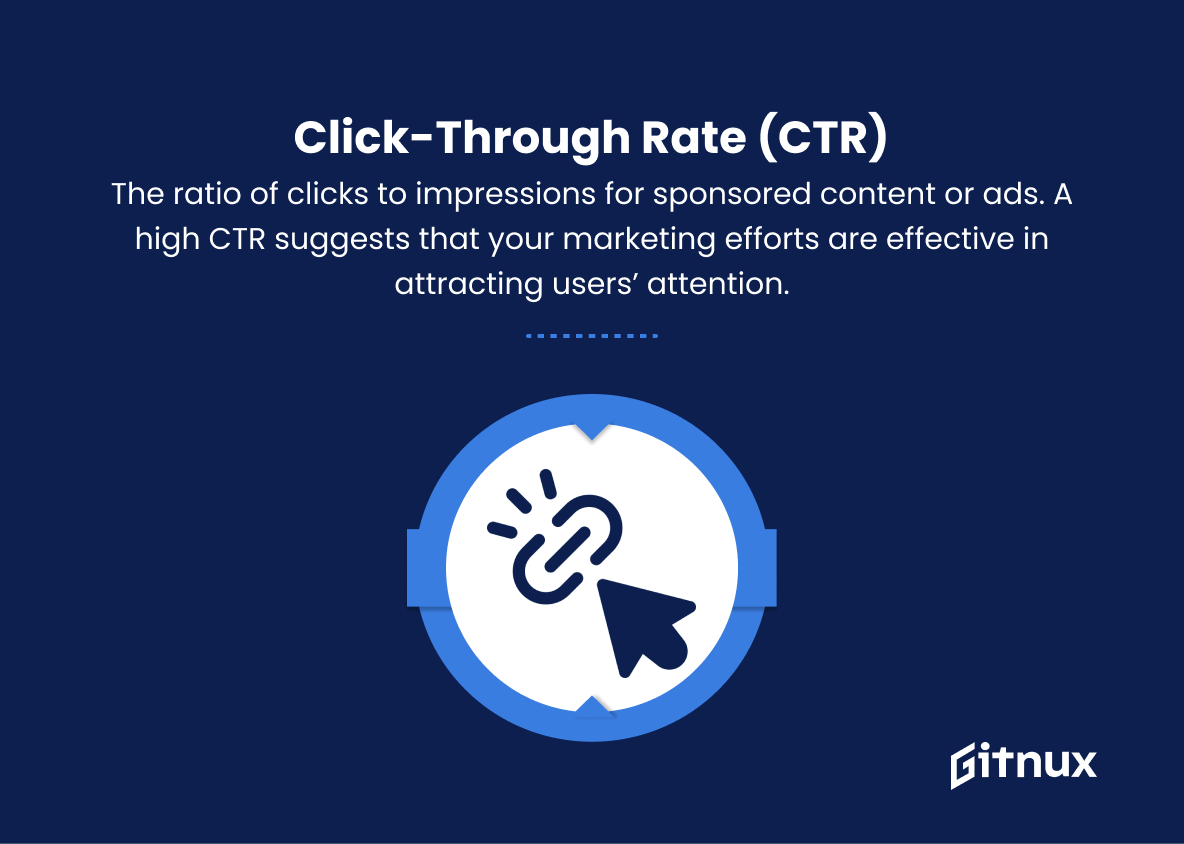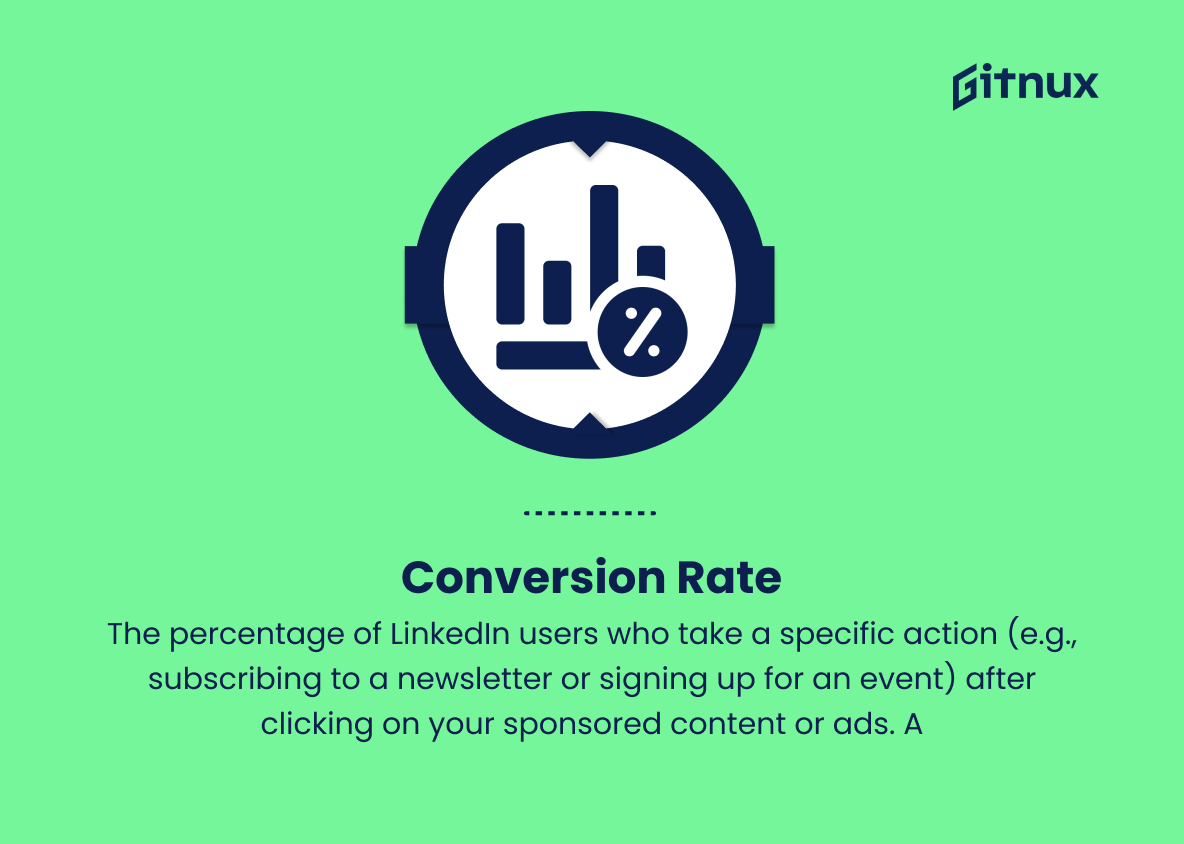In the ever-evolving digital landscape, tracking key performance metrics has become essential to stay ahead in the race. LinkedIn, being the world’s largest professional network, is no exception. If you are a business owner, marketing professional, or LinkedIn enthusiast, understanding LinkedIn metrics is crucial to maximizing your efforts and enhancing your online presence.
In this insightful blog post, we delve deep into the realm of LinkedIn metrics, shedding light on the most important parameters to measure and how to utilize these effectively for optimal results. Join us as we unravel the secrets behind LinkedIn’s metrics and provide you with the knowledge to harness their potential to propel your professional success to new heights.
Linkedin Metrics You Should Know
1. Profile views
The number of times your profile has been viewed by other users. This indicates your visibility and personal branding on the platform.
2. Post views
The number of times your content (posts, articles, or shares) has been viewed by LinkedIn users. This shows the reach of your content.
3. Likes, comments, and shares
These are the engagement metrics for your content, representing the number of likes, comments, and shares on your posts. High engagement indicates that your content is resonating with your audience.
4. Connection requests
The number of people who have requested to connect with you. This indicates your network growth and potential for further opportunities.
5. Connections
The total number of connections you have on LinkedIn. A large network can lead to increased visibility and potential business opportunities.
6. Follower count
The number of people who follow your LinkedIn profile but are not directly connected to you. This indicates your influence and reach on the platform.
7. InMail response rate
The percentage of your InMail messages (LinkedIn’s direct messaging feature) that receive a response. A high response rate demonstrates effective messaging and potential for successful outreach.
8. Job applications
The number of job applications submitted through LinkedIn. This metric can help gauge the success of a company’s job listings or a job seeker’s application efforts.
9. Talent Brand Index (TBI)
A measure of your company’s employer brand strength on LinkedIn, based on the level of engagement with your company’s content and job listings. A high TBI indicates a strong and attractive employer brand.
10. Click-through rate (CTR)
The ratio of clicks to impressions for sponsored content or ads. A high CTR suggests that your marketing efforts are effective in attracting users’ attention.
11. Conversion rate
The percentage of LinkedIn users who take a specific action (e.g., subscribing to a newsletter or signing up for an event) after clicking on your sponsored content or ads. A high conversion rate indicates successful marketing messaging and targeting.
12. Return on investment (ROI)
A measure of the effectiveness of your LinkedIn marketing campaigns in terms of revenue generated relative to the amount spent on advertising. High ROI indicates a successful campaign.
13. Social Selling Index (SSI)
A score that measures your effectiveness at establishing a professional brand, finding the right people, engaging with insights, and building relationships on LinkedIn. A high SSI signifies your ability to leverage LinkedIn as a tool for personal and professional growth.
Linkedin Metrics Explained
LinkedIn metrics play a crucial role in understanding one’s visibility, personal branding, and engagement on the platform. Profile views indicate the extent of your network’s reach and personal branding, while post views and engagement metrics such as likes, comments, and shares demonstrate the relevancy and impact of your content. Connection requests, connections, and follower count all reflect your networking strength and potential opportunities for growth. InMail response rate and job applications provide insight into the effectiveness of communication and job seeking efforts, while the Talent Brand Index measures a company’s employer brand strength on the platform.
Click-through rate, conversion rate, and return on investment showcase the efficacy of marketing campaigns and targeting strategies, while the Social Selling Index encapsulates an individual’s ability to leverage LinkedIn for both personal and professional development. Overall, these metrics offer valuable insights for optimizing your LinkedIn presence and strategies.
Conclusion
In the ever-evolving world of digital marketing and professional networking, monitoring LinkedIn metrics can prove vital for any business or individual looking to optimize their visibility and engagement on the platform. By regularly analyzing key performance indicators, such as network growth, reach, impressions, and engagement, users can fine-tune their content strategies to maximize their impact on the target audience. Ultimately, staying informed about LinkedIn metrics and adapting to the platform’s nuances is crucial for anyone aiming to harness the full potential of LinkedIn to bolster their professional presence, foster fruitful connections, and reach new career heights.
